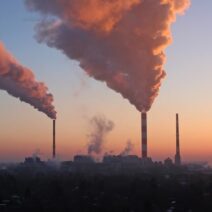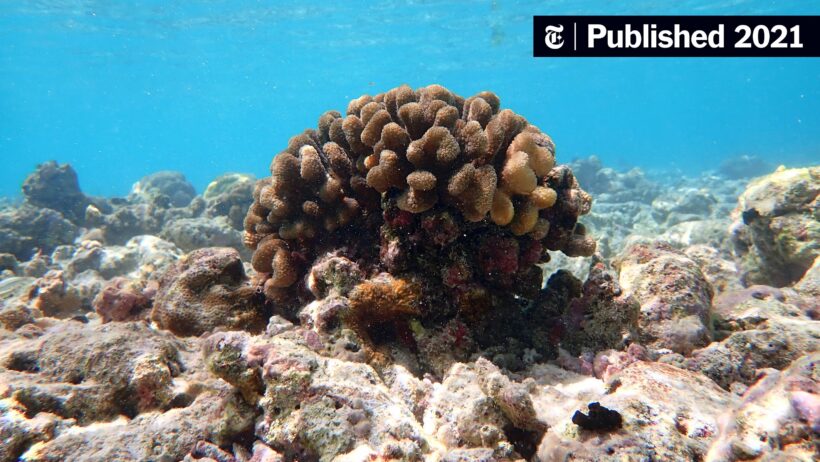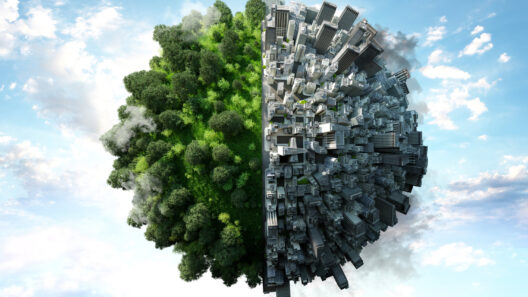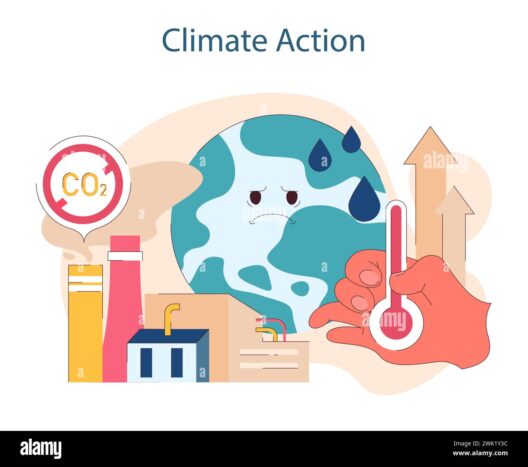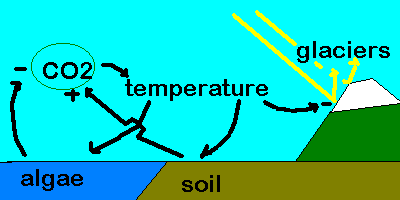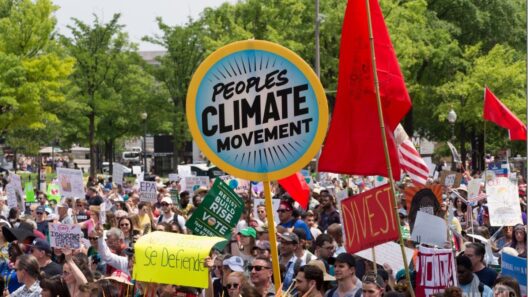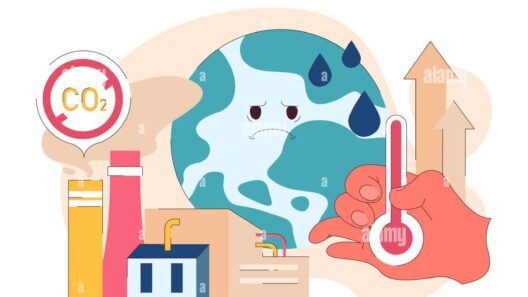The accelerating specter of climate change casts a long shadow over our planet, invoking a radical urgency for solutions. Amidst the clamor for innovative technologies and sweeping policy reforms, two natural phenomena—peat moss and coral reefs—emerge as powerful allies in the battle against environmental degradation. They present unique strategies and opportunities for mitigating climate collapse, yet both require a shift in perspective to fully appreciate their potential. Can these natural resources indeed become our environmental saviors, or are they merely pieces in a larger puzzle?
Understanding Peat Moss: Nature’s Carbon Reservoir
Peat moss, or sphagnum, occupies a unique ecological niche. Found primarily in cool, wet regions, peat bogs constitute an essential carbon sink, storing billions of tons of carbon dioxide that would otherwise contribute to atmospheric warming. The remarkable ability of peatlands to sequester carbon is owed to their anaerobic conditions, which slow decomposition and create an environment conducive to long-term carbon storage. This process effectively captures carbon for millennia, allowing peatlands to play a crucial role in mitigating climate change.
However, the alarming reality is that peatlands are under siege. Draining for agriculture, peat extraction for horticultural use, and other human-driven activities threaten to release this stored carbon back into the atmosphere. What if we reframed our approach? Conserving existing peatlands and restoring degraded sites could prove vital, transforming these areas into robust defenses against climate change. By viewing peat moss not just as a resource but as a critical component of our ecological integrity, society could harness its potential to fight greenhouse gas emissions.
Coral Reefs: The Ocean’s Biodiversity Shelters
Transitioning to the realm of oceans, coral reefs symbolize the intricate relationship between biodiversity and climate resilience. Known as the “rainforests of the sea,” these vibrant ecosystems host an astonishing variety of marine life. Their structural complexity offers habitat for countless species and plays a significant role in supporting fisheries that sustain millions of livelihoods. Yet coral reefs face catastrophic challenges, primarily due to climate change and ocean acidification, which threaten to obliterate these underwater fortresses.
Coral reefs demonstrate an intriguing adaptability; for instance, certain species have shown resilience to rising temperatures through mechanisms that enhance their thermal tolerance. This capability implies an opportunity for selective breeding and conservation efforts that not only safeguard existing coral populations but also enhance their resilience. The potential for coral reefs to sequester carbon is multifaceted, as healthy reef systems contribute to carbon cycling in oceanic ecosystems. If we pivot our efforts towards effective reef conservation and restoration, we could bolster these ecosystems’ capacity to mitigate climate change.
The Interplay Between Peat Moss and Coral Reefs
The juxtaposition of peat moss and coral reefs brings forth a compelling argument: could these ecological stalwarts be interconnected allies in combating climate collapse? Both ecosystems function to sequester substantial amounts of carbon but in different mediums—terrestrial and marine. This interconnectedness can serve as a foundation for developing strategic climate policies that prioritize the protection of both ecosystems simultaneously.
Consider the implications of healthy coral reefs supporting coastal mangroves and salt marshes, which, in turn, increase the resilience of peatlands by stabilizing shorelines and acting as buffers against storm surges. The symbiotic relationships between these ecosystems underscore the importance of an integrative approach to climate action. A concerted effort can yield enhanced biodiversity, safeguard fragile ecosystems, and provide socio-economic benefits to communities reliant on these natural resources.
Community Engagement and Education
Effectively combating climate change through the utilization of peat moss and coral reefs necessitates community involvement. Empowering local populations to recognize the significance of these ecosystems fosters a sense of stewardship that can catalyze protective action. Education campaigns that highlight the ecological and economic value of peatlands and coral reefs can inspire sustainable practices, conservation efforts, and community-driven initiatives aimed at restoring these vital resources.
Furthermore, indigenous knowledge and local wisdom often hold the key to effective management strategies. Integrating traditional ecological practices with science-based techniques can yield holistic solutions tailored to specific environmental challenges. Respecting and valuing local contributions enhances the resilience of peat and coral systems while fostering a deeper understanding of ecological interconnectedness.
A Paradigm Shift: The Path Ahead
Ultimately, the narrative around climate change action requires a transformative shift in how we perceive our relationship with nature. Recognizing peat moss and coral reefs as more than just ecological resources invites a broader view of environmental stewardship. They signify a call to acknowledge our intricate interconnectedness with the natural world and inspire action rooted in empathy and responsibility.
As we edge closer to a climate crisis, the promise of peat moss and coral reefs as integral components of our global response shines resolutely. They offer not only invaluable benefits in carbon sequestration but also lessons in resilience, adaptation, and the power of community. It is imperative to pursue integrated conservation strategies that embrace the complexity of ecosystems and recognize their potential in averting climate collapse. By prioritizing the protection of these remarkable entities, we can adopt a path toward a future marked by sustainability and harmony within our shared environment.
Thus, while the question of whether peat moss and coral reefs can save us from climate collapse remains complex, the exploration of their contributions opens up new vistas of hope in our collective efforts to restore ecological balance. The journey ahead demands vigilance, adaptability, and a collective commitment to nurturing the natural wonders that hold the keys to our survival.


